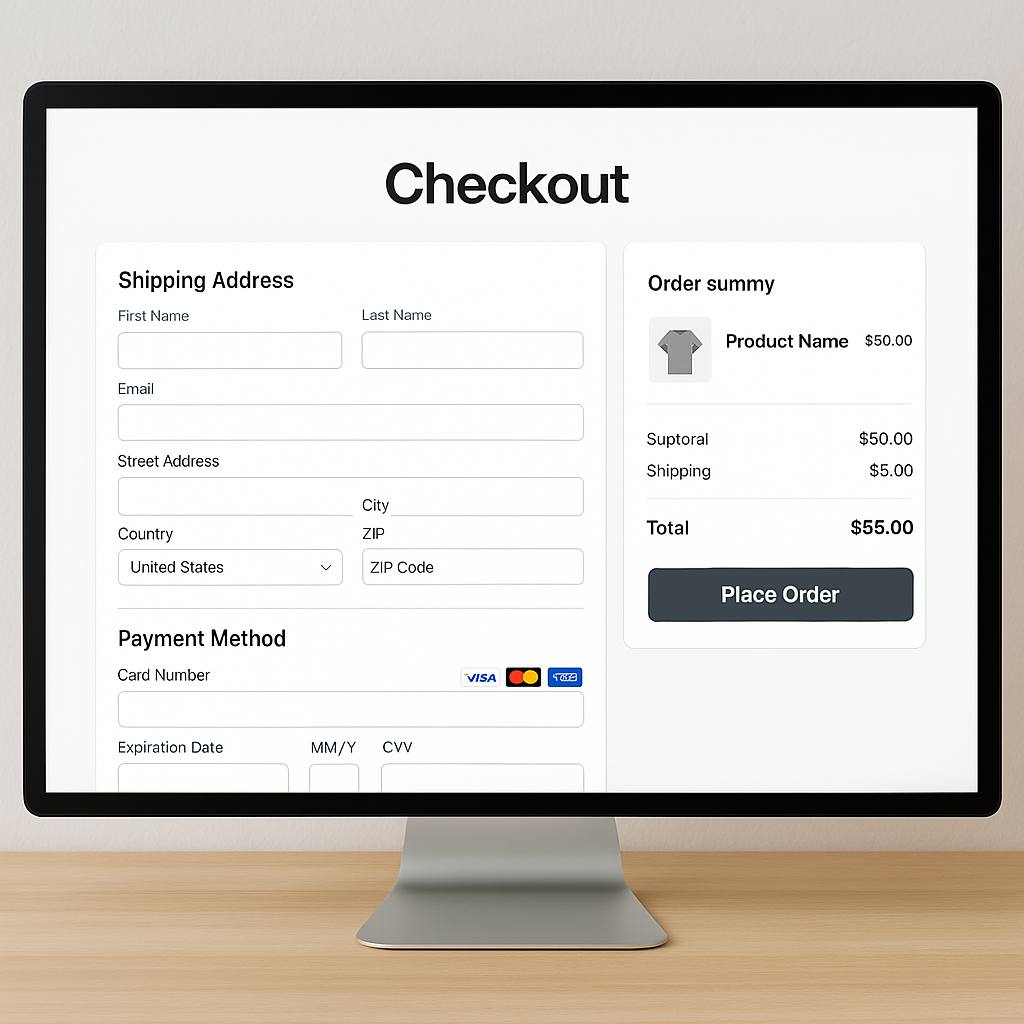Picture this: you stroll into your favorite store, humming a cheerful tune, armed with a list of essentials for the week. Your cart starts filling up with all the goodies you love—crispy chips, fresh produce, and that gourmet cheese you’ve been eyeing for months. But as you make your way to the checkout, you notice something alarming. The price tags are laughing maniacally, and your wallet is already shedding tears. Welcome to the world of tariffs, where shopping becomes a tragicomedy of errors.
The Tariff Tango
Tariffs are like that unwanted dance partner at a wedding who steps on your toes and keeps spinning you in all the wrong directions. They are essentially taxes imposed on imported goods, meant to protect domestic industries or retaliate against other countries' trade practices. While they might sound like a serious economic tool, the reality for shoppers is often anything but serious. It’s more of a dance of despair as you watch your favorite products become pricier.
Imagine going to buy your regular groceries and suddenly finding out that the cost of your favorite imported items has doubled or even tripled. It's akin to participating in a chaotic dance where you have no control over the steps. The unpredictable nature of tariffs means that prices can fluctuate wildly, and what was affordable yesterday can become a luxury tomorrow. This dance affects everything from basic necessities to luxury items, making every shopping trip an adventure in budgeting.
The Case of the Missing Avocados
Remember when avocados were the quintessential brunch ingredient, turning ordinary toast into a culinary masterpiece? Well, tariffs have turned them into gold-plated fruits that only the elite can afford. Imagine the horror of reaching for an avocado, only to realize that the price has skyrocketed thanks to a tariff war with exporting countries. Suddenly, that Instagram-worthy avocado toast is replaced by a humble slice of bread.
The rise in avocado prices is a prime example of how tariffs can impact everyday life. Avocados, primarily imported from countries like Mexico, face higher prices when tariffs are imposed. This not only affects individual consumers but also restaurants and cafes that rely on avocados for their dishes. The ripple effect can lead to higher menu prices and even the removal of popular items. For avocado lovers, it's a bitter pill to swallow as they watch their beloved fruit become a rare treat.
The Great Cheese Crisis
Cheese lovers, brace yourselves. Tariffs on imported cheese are enough to make any dairy aficionado wail in agony. Your beloved brie, gouda, and parmesan are now luxury items. It’s a dark day when you find yourself Googling “DIY cheese making” and pondering the logistics of owning a cow. The next time you’re hosting a wine and cheese night, prepare for your guests to bring their own cheese—or, more likely, just wine.
Imported cheeses often come from European countries, where tariffs can significantly inflate prices. This means that enjoying an elegant cheese platter now comes at a steep cost. Cheese aficionados may find themselves resorting to local alternatives or attempting homemade versions, which, while adventurous, may not match the quality of their imported favorites. The cheese crisis underscores the broader impact of tariffs on luxury and specialty food items, making them less accessible to the average consumer.
Shopping Cart Woes
Let's talk about the shopping cart—the innocent victim of this tariff turmoil. Once a symbol of abundance and convenience, it now carries the weight of inflated prices and broken dreams. As you push your cart through the aisles, you can almost hear it groaning under the pressure of tariffs. It's not just food; electronics, clothes, and everyday items have become victims of the tariff tangle.
Your shopping cart, previously a vessel of budget-friendly abundance, now represents the struggle against rising costs. Each item you place in the cart adds to the financial burden, and the cumulative effect can be disheartening. The once-relaxing activity of shopping turns into a strategic mission to find affordable alternatives and avoid tariff-heavy products. The cart's groaning symbolizes the collective frustration of shoppers everywhere.
The Electronics Extravaganza
If you’ve been eyeing that new smartphone or laptop, think again. Tariffs on electronic goods from certain countries have turned tech shopping into a budgeting nightmare. You find yourself comparing specs not just for performance but for price hikes. Do you really need that extra camera lens, or can you make do with fewer megapixels? Suddenly, the phrase “tech savvy” takes on a whole new meaning.
With tariffs impacting electronics, consumers are forced to make tough decisions about their tech purchases. The latest gadgets, often imported from countries like China, come with inflated price tags due to tariffs. This means that features once considered essential may now be seen as luxuries. Consumers must weigh the pros and cons of spending extra money for the latest tech advancements or settling for older, more affordable models. The electronics extravaganza turns into a careful balancing act of desires and financial constraints.
Fashion Frenzy
Tariffs on imported clothing mean that your wardrobe makeover might have to wait. Those chic outfits from overseas designers now come with a hefty price tag. As you browse through the racks, you start reconsidering whether last season’s fashion faux pas can be reinvented with a little creativity. Who knew that tariffs would turn you into a DIY fashionista?
Imported clothing, especially from fashion capitals like Italy and France, faces higher costs due to tariffs. This means that staying on-trend can become a costly endeavor. Shoppers may find themselves exploring thrift stores, upcycling old clothes, or even sewing their own outfits to save money. The fashion frenzy caused by tariffs encourages creativity and resourcefulness, transforming the way we approach style and shopping.
Finding Humor in the Hike
While the impact of tariffs can be genuinely frustrating, sometimes all you can do is laugh at the absurdity of it all. After all, laughter is the best medicine for a crying cart. Here are a few ways to inject humor into your tariff-ied shopping experience:
1. Play “Guess the Price”
Turn your shopping trip into a game show. Before checking the price tags, guess how much each item costs. The one with the closest guess gets to pick a cheaper alternative for the next item. It’s a fun way to cope with the sticker shock.
This game adds an element of fun to the otherwise daunting task of shopping in a tariff-heavy environment. It encourages creativity in finding budget-friendly alternatives and makes the experience more engaging for everyone involved. Plus, it can help you develop a better sense of prices and identify the best deals.
2. Create a “Tariffed” Recipe Book
Compile a collection of recipes that avoid tariffed ingredients. Get creative with substitutions and share your masterpieces with friends. You might discover a new favorite dish that doesn’t break the bank.
Creating a recipe book focused on affordable ingredients not only helps you save money but also expands your culinary horizons. Experimenting with new ingredients and techniques can lead to delightful discoveries and delicious meals. Sharing these recipes with friends can foster a sense of community and support during challenging times.
3. Host a “Tariff-ied” Potluck
Invite friends over for a potluck where the challenge is to bring dishes made from tariff-free ingredients. It’s a hilarious way to bond over the shared struggle and enjoy a variety of creative, budget-friendly meals.
A "tariff-ied" potluck turns the tariff challenge into a social event. It encourages everyone to think creatively about their contributions and provides an opportunity to try new dishes. The shared experience of navigating tariffs together can strengthen friendships and create lasting memories, all while enjoying a delicious meal.
The Silver Lining
Despite the challenges tariffs pose, they can also encourage us to explore local products and support domestic industries. Farmers' markets, local artisans, and small businesses offer a wealth of unique items that can replace their tariffed counterparts. Plus, shopping locally reduces the carbon footprint, making it a win-win for both your wallet and the environment.
Embracing Local Flavor
Instead of mourning the loss of imported goods, embrace the local flavors and products. Discover the beauty of homegrown produce, locally crafted cheeses, and handmade goods. You’ll be surprised at the treasures you find right in your backyard.
Supporting local businesses not only helps you save money but also contributes to the local economy. Exploring farmers' markets and local shops can lead to the discovery of unique products and flavors that you might not have encountered otherwise. Embracing local flavor fosters a sense of community and sustainability, making it a positive response to the challenges posed by tariffs.
Tariffs may make your cart cry, but they don’t have to steal your joy. With a bit of humor, creativity, and a focus on supporting local businesses, you can navigate the tariff tangle with grace. The next time you find yourself staring at a price tag in disbelief, remember that laughter and a positive attitude are the best tools in your shopping arsenal. Happy tariff-ied shopping!
While navigating the world of tariffs can be challenging, it also offers opportunities for growth and discovery. By finding humor in the situation, getting creative with alternatives, and supporting local businesses, you can turn a difficult experience into a rewarding one. So, keep your spirits high, your laughter loud, and your cart filled with joy, even if it's a bit lighter on the wallet.











